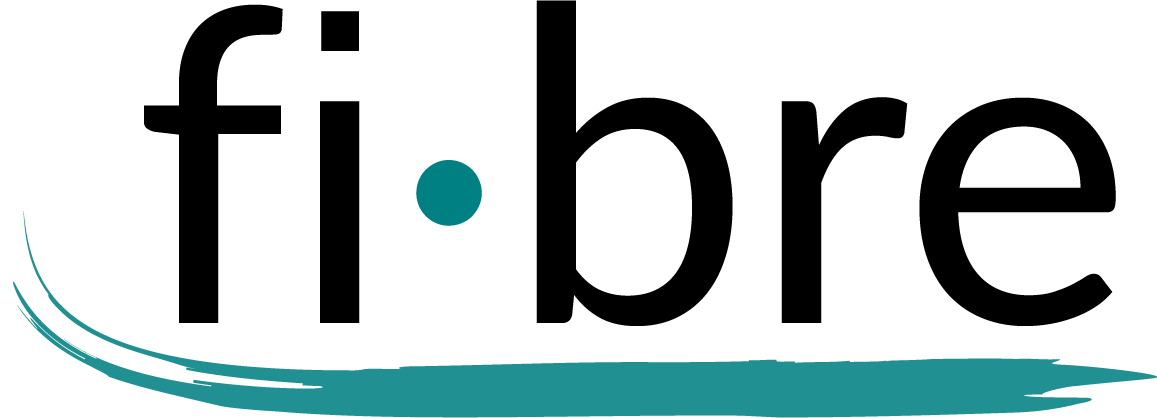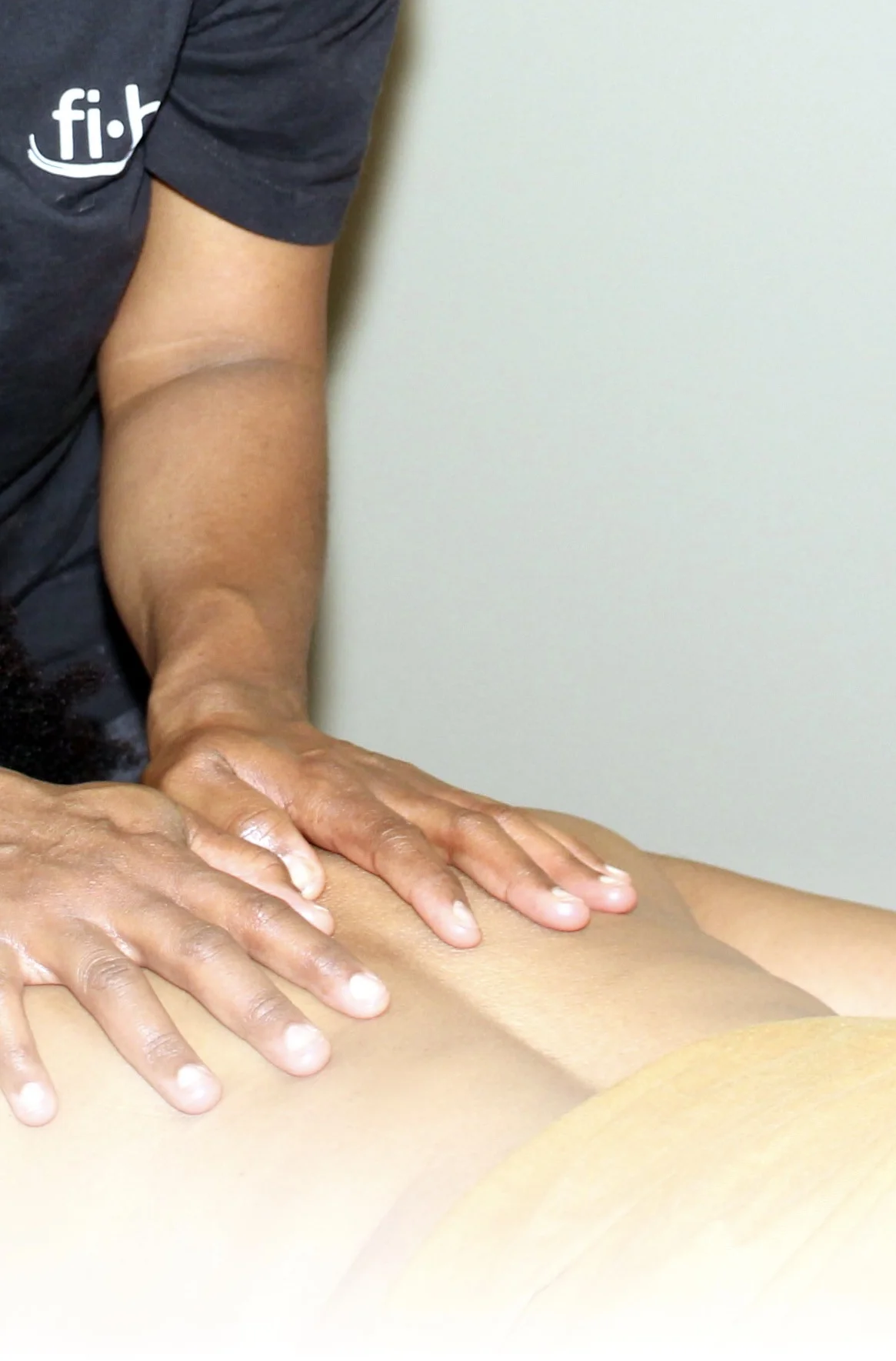While at my niece's engagement party, I sat with friends of the groom - young men in their late 20's. As conversation slid from movies to virtual reality games, each one glanced at his cellphone, made a few swipes then returned to the discussion. During a screen check, I asked one of the guys for feedback on my website. He quickly keyed in my URL then started noting items to change.
First, he stated the overlay delayed access to the website's content then asked "What's Swedish massage and how does it differ from Deep Tissue massage?"
Surprised, I asked, "You've never heard of Swedish massage?"
He said "No. I've never had a massage."
As a person who regularly schedules a massage to relieve muscle tension from working in front of a computer screen or to recover from a long flight, I thought everyone had heard of Swedish massage. Hearing his response broke me out of my bubble and underlined the need for a clear explanation of Swedish massage and some of its benefits.
Swedish massage
Although evidence depicts the movements associated with massage occurring more than 2,000 years ago in several different countries, the following French terms are used to name the strokes commonly known as "Swedish or Classic massage":
Effleurage - gliding stroke usually with the hand from joint to joint
Petrissage - circular and kneading motions
Friction - applied to a small area; either following or against muscle fibers;
Vibration - gentle to vigorous shaking
Tapotment - tapping; rapid percussive movements
In many instances, massage therapists relax muscle fibers and reduce stress by using a variety of these five Swedish massage strokes based on the client's goals. A session usually starts with "still touch" which is not a stroke. Still touch may start with the therapist gently placing her hands on the client's feet for several breaths. Still touch allows the client to become aware of the therapists touch and permits the therapist to find out where tension is being held in the client's body. Still touch may be used at any time during a session and may be used for an entire session.
For any of the five strokes, the massage therapist may use a small amount of oil, gel or cream. At fibre, the session usually starts with still touch followed by effleurage strokes. During the session, the client is asked about the pressure being used; the goal is to meet the client's preference. Effleurage strokes help warm the muscle tissue and increase circulation. Petrissage, friction, vibration and tapotment may be used to address adhesions or congestion in muscle fibers. At fibre, clients are asked about the use of tapotment before it is applied.
When a client chooses to remain fully clothed for a session, the therapist may limit the use of effleurage.
At fibre, a blend of Swedish and deep tissue strokes may be combined in a session.
Please let me know if you'd like more information about Swedish massage or deep tissue massage.

